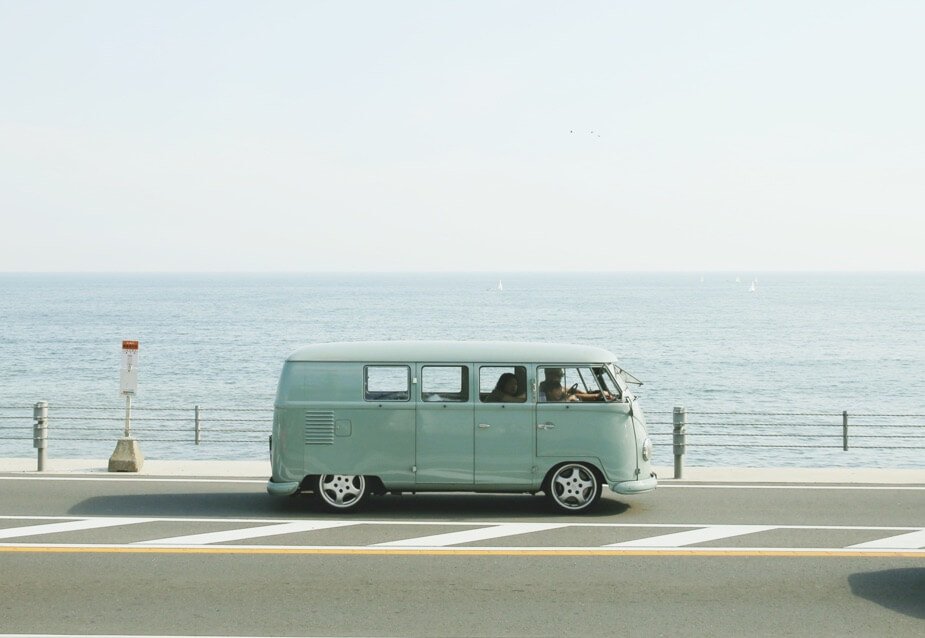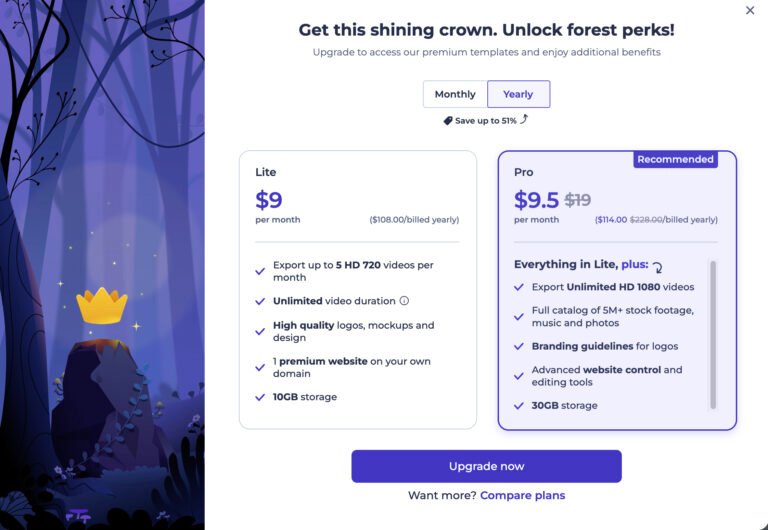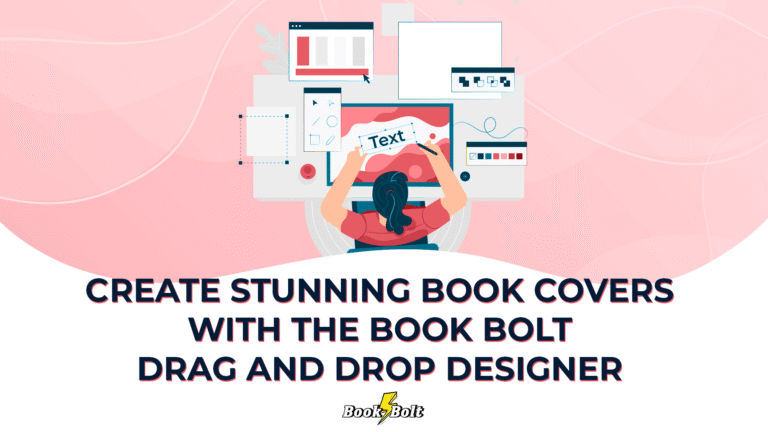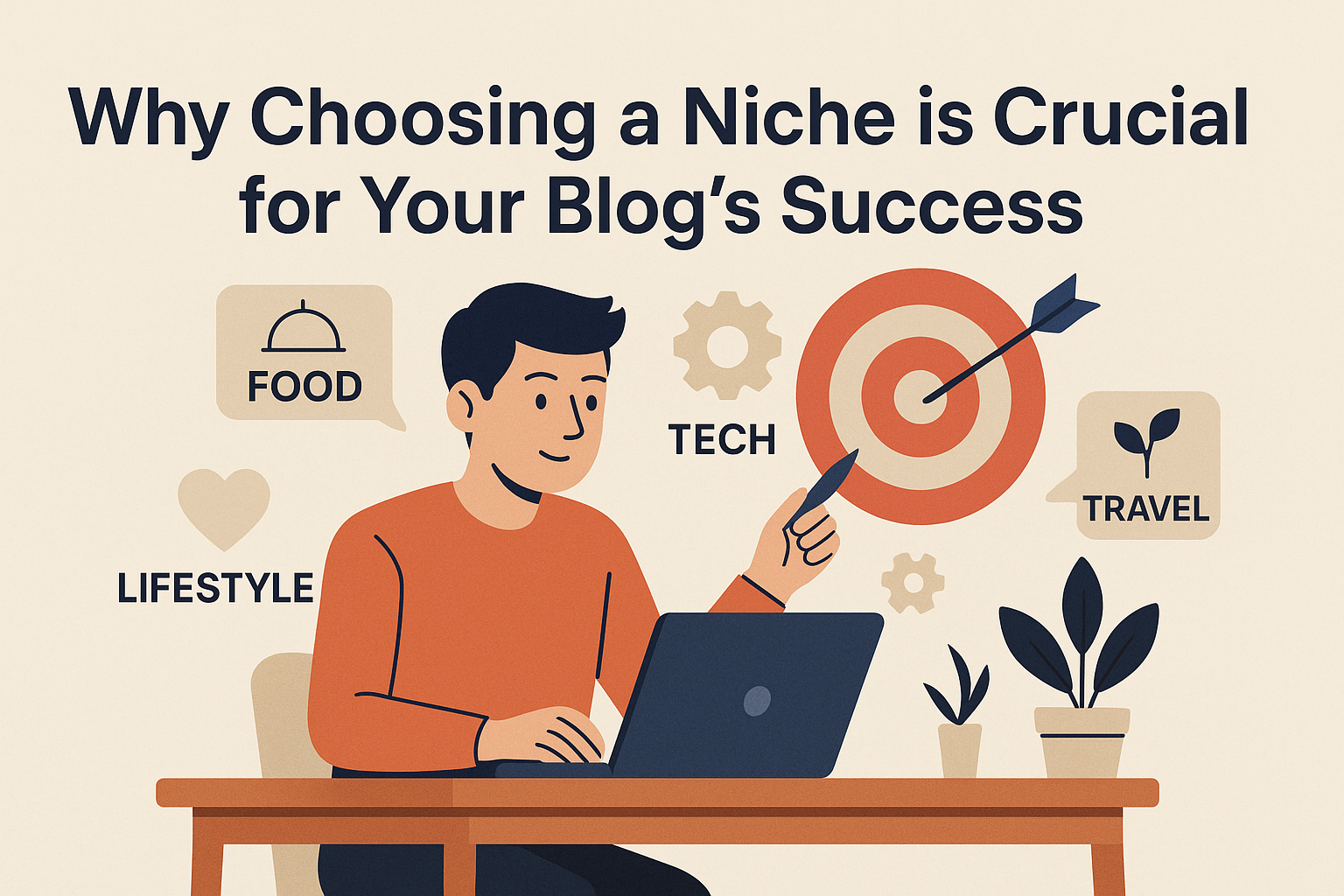Images are a crucial component of any WordPress blog, helping to convey information, add visual interest, and engage readers. However, choosing the right image size can be a bit of a challenge, especially with the variety of devices and screen resolutions that people use to access the web.
In this article, we’ll explore the ideal image size for a WordPress blog in 2025 and how to optimize images for web load times and better user experience.
Image Size Considerations
The ideal image size for a WordPress blog depends on a few factors, including the layout of the blog, the resolution of the images, and how the image will be used.
As a general guideline, use images that are at least 1200 pixels wide to ensure sharp display across both desktop and mobile screens. This is especially important for featured images, full-width banners, and hero sections.
That said, your layout plays a big role. If you’re using a full-width layout, you may need images up to 1920px wide or more. If your blog uses a narrow column layout, smaller images around 800–1000px may suffice without compromising quality.
Web Load Times
Large image files can slow down your website, leading to longer load times and frustrated visitors. That’s why image optimization is essential.
To keep your blog fast, use tools like TinyPNG, Smush, or Imagify to compress images without losing noticeable quality.
Also, use appropriate image formats: WebP (modern and lightweight) or JPEG (great for photos) are your best bets for balancing quality and size.
Responsive Images in WordPress
Since WordPress 4.4, the platform has supported responsive images using the srcset attribute. That means it automatically serves different image sizes based on the visitor’s device and screen resolution — as long as your theme supports it (most modern ones do).
This ensures your blog images look great on retina displays and mobile devices without bloating your load time unnecessarily.
Using Elementor for Layout & Optimization
If you’re building your site with Elementor, you’re in luck. Elementor allows you to control image sizes, padding, and responsive behavior — visually.
When adding images to your layouts, choose the correct image size option (e.g., Medium, Large, Full) and set custom widths in percentage or pixels if needed. You can also adjust alignment, object-fit, and margins for different devices.
Balancing Image Quality with Performance
Always aim to find a sweet spot: your images should look crisp without dragging down performance.
- Use 1200px wide images for main blog content or feature areas.
- Compress before uploading (even if you’re using a plugin).
- Use lazy loading (WordPress enables this by default since 5.5).
- Stick to JPEG, WebP, or optimized PNGs when necessary.
Conclusion
Choosing the ideal image size for your WordPress blog in 2025 is all about balance. By sticking to modern size recommendations, compressing your assets, and taking advantage of responsive features — especially with tools like Elementor — you’ll ensure a fast, polished, and professional reading experience across all devices.










